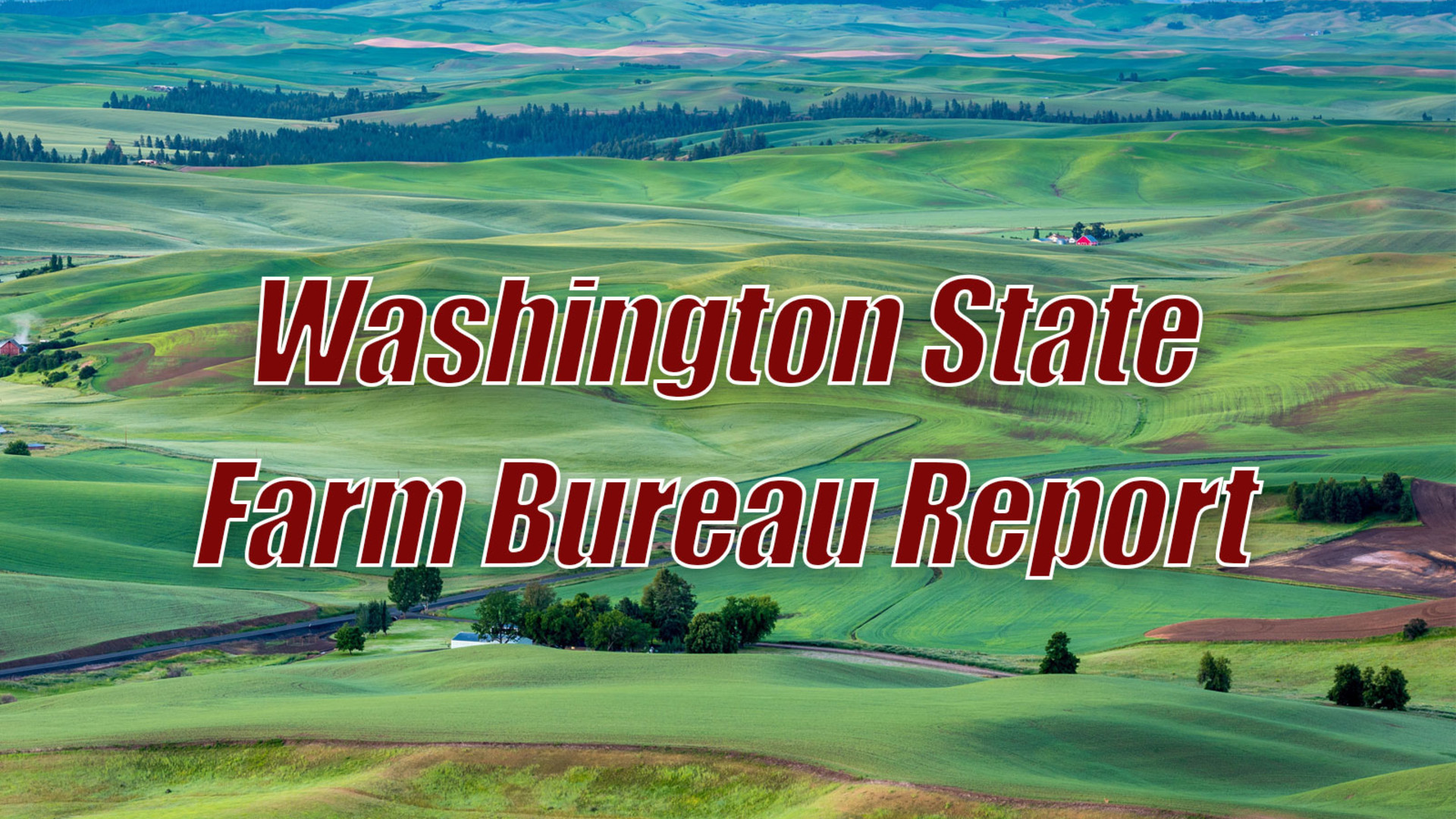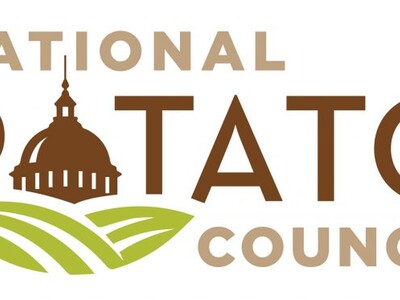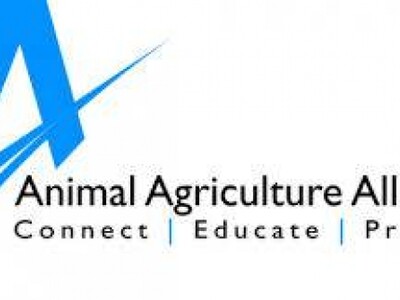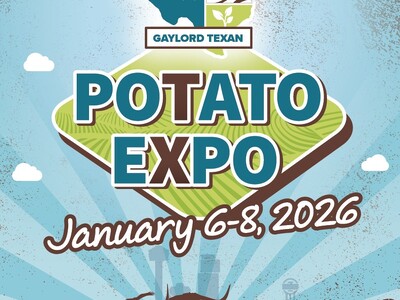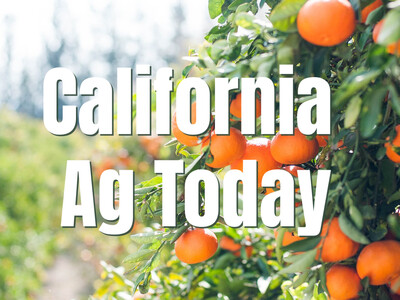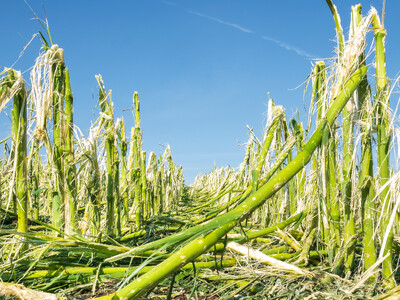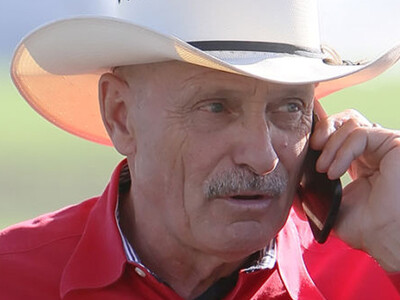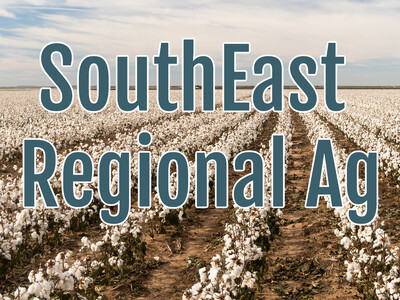Beef's Diminishing Carbon Footprint
Raising a pound of beef in the U.S.today uses a significantly less amount of water, feed, fuel, and land than it did thirty years ago. Dr. Jude Capper of WSU conducted the study and found that in comparing the environmental impact of U.S. Beef production in 1977 to that of 2007, beef produced in 07 used a combined percentage of 73 percent fewer natural resources. When broken down that equates to thirty-three percent less land, twelve percent less water, nineteen percent less feed, and nine percent less fossil fuel energy. With this data Dr. Capper has been able to conclude that improvements in the raising and feeding of cattle here in the United States over the last thirty plus years has yielded thirteen percent more beef from thirty percent fewer cattle. Dr. Capper’s project was supported by the Beef Checkoff Program through a research grant from several states, including Washington.
Wednesday was Dairy Days at the Legislature. Lavonne Boogerd with the Washington State Dairy Women talks about WSDW and what they do.
BOOGERD: We promote the dairy industry and remind the consumers of the goodness of dairy products. We do this through state promotion, public relations, and a lot of educational programs. The main tool we use is our Dairy Ambassador Program. We have them locally in each county and then also we have it on the state level.
Enrollment has begun for the 2012 Direct and Counter-Cyclical Program and the Average Crop Election Program. DCP and ACRE are Federal farm programs which provide payments to producers of eligible crops in order to provide a financial farm safety net.
I’m Lacy Gray and that’s Washington Ag Today on the Northwest Ag Information Network.


